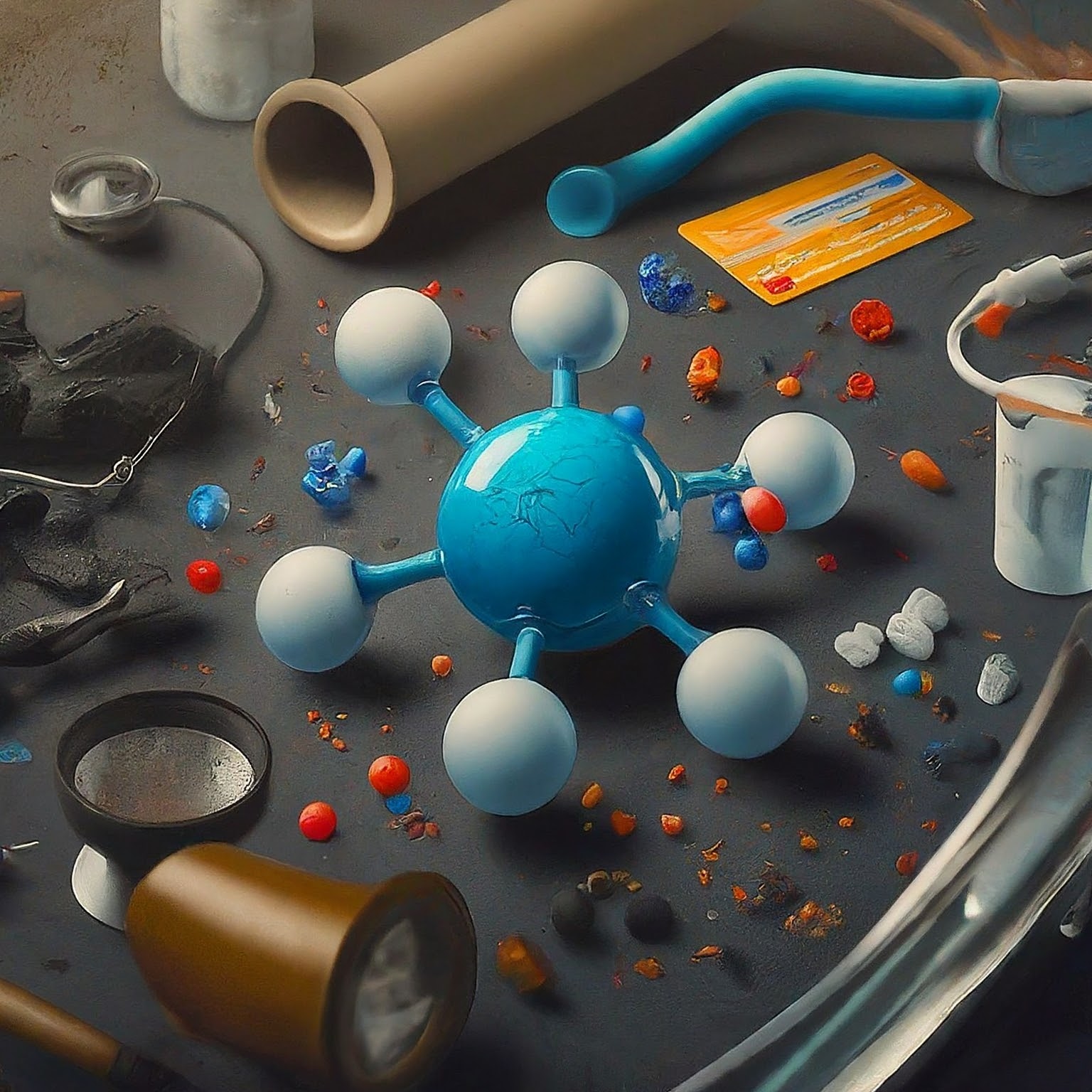Introduction
Have you ever wondered what makes your pipes resilient or what material is used in credit cards that makes them durable? The answer lies in a versatile material known as Polyvinyl Chloride (PVC), or commonly just “Poly Chloride.” This blog dives deep into understanding Poly Chloride, its uses, benefits, environmental concerns, and much more.
What is Poly Chloride?
Polyvinyl Chloride, abbreviated as PVC, is a type of plastic widely utilized in various industries. Unlike many other plastics, PVC is known for its durability and resistance to environmental factors, making it incredibly versatile.
Composition and Origin
PVC is created from polymerizing vinyl chloride monomers. This process results in a sturdy and flexible material suitable for various applications.
- Durability: Known for its resistance to wear and tear.
- Flexibility: Easily moldable into different shapes and forms.
- Chemical Resistance: Resilient against many chemicals, making it ideal for a variety of uses.
Uses of PVC
PVC’s versatility makes it integral in various industries. Below, we’ll explore its prominent applications.
Building and Construction
PVC is a staple in the construction industry. From pipes to window frames, its applications are vast.
- Pipes and Fittings: Used in both residential and commercial plumbing due to its corrosion resistance.
- Window Frames: Provides excellent insulation against heat and cold.
- Vinyl Siding: A popular choice for home exteriors due to its durability and low maintenance.
Healthcare
PVC plays a crucial role in the medical field, thanks to its sterility and flexibility.
- Medical Devices: Used in producing IV bags, tubing, and medical gloves.
- Flooring and Wall Coverings: Utilized in hospitals for its easy-to-clean properties.
Consumer Goods
From everyday items to specialized products, PVC is everywhere.
- Credit Cards: Durable enough to withstand frequent use.
- Toys: Often used due to its safety when phthalate-free.
- Rainwear: Flexible and waterproof, ideal for protective clothing.

Environmental Concerns and Sustainability
While PVC is incredibly useful, it has faced scrutiny over its environmental impact.
Production Toxins
The production of PVC releases harmful chemicals, such as dioxins, into the environment. These toxins can pose significant health risks.
Lifecycle and Disposal
PVC is not biodegradable, making its disposal a significant environmental issue.
- Landfills: Often ends up in landfills, where it can take centuries to decompose.
- Recycling Challenges: Recycling PVC is complex and not always feasible, leading to increased waste.
Sustainable Alternatives
Industries are exploring alternatives and innovations to mitigate environmental impacts.
- Bio-based PVC: Developers are working on plant-based alternatives to lessen the environmental footprint.
- Recycling Programs: Initiatives to improve recycling rates and reduce waste.
“The challenge with PVC is balancing its remarkable utility with sustainable practices to minimize its environmental footprint.”
Personal and Industry Perspectives
Household Perspective
As a homeowner, I’ve found PVC pipes indispensable when renovating my plumbing system. The ease of installation and long-lasting durability made it a hassle-free choice.
Industry Expert’s View
According to an industry expert, “PVC’s cost-effectiveness and versatility make it irreplaceable in many sectors. However, our focus must shift towards enhancing its eco-friendliness.”
Conclusion
Poly Chloride or PVC is a material that significantly impacts our daily lives, from our homes to the medical field. Its benefits are numerous, yet it’s imperative we address the environmental concerns associated with it. As technology advances, efforts toward sustainable production and disposal will ensure that PVC remains a staple in our lives without compromising our planet’s health.
By understanding PVC’s various facets and its applications, we can make informed decisions about its use and promote practices that lead to a more sustainable future.
Takeaway: While PVC is indispensable in many sectors, mindful consumption and enhanced recycling efforts can mitigate its environmental impact. Let’s strive for a balance between utility and sustainability.
For further reading on sustainable materials, you can check out this article by the Environmental Protection Agency.
Feel free to share your thoughts and any experiences you’ve had with PVC in the comments below!
PVC Rubber: A Closer Look At Its Manufacturing Process






